Santiago de Compostela is a familiar name to pilgrims; for more than 1,000 years, many feet have walked to this Spanish destination. Every year, hundreds of thousands of people visit the city's cathedral, having completed a journey of many kilometers on a Camino. The Camino del Norte is one of the routes leading to Santiago and starts on the Spanish coast near the Bay of Biscay. The Camino del Norte starts in Irún, located on the border of Spain and France, and has a total length of 822 kilometers. Along the way, you can enjoy expansive ocean views, beautiful beaches, pass by cosy towns and have no lack of culinary delights. We focus in this blog post mainly on the last 100 kilometers of the route, the distance required for a certificate (compostela). Curious? Bookatrekking.com tells you all about the Camino del Norte!
The Camino del Norte is one of the routes to Santiago de Compostela and is a well-loved, but more unknown, variant after the Camino Francés and the Camino Portugués. The overall route takes you from Irún to Santiago, passing through several autonomous regions such as the Basque country and Galicia along the way, each with their own charm. You don't have to worry about an empty stomach on the Camino del Norte either. Unknown does not make unloved in this case, vamos!



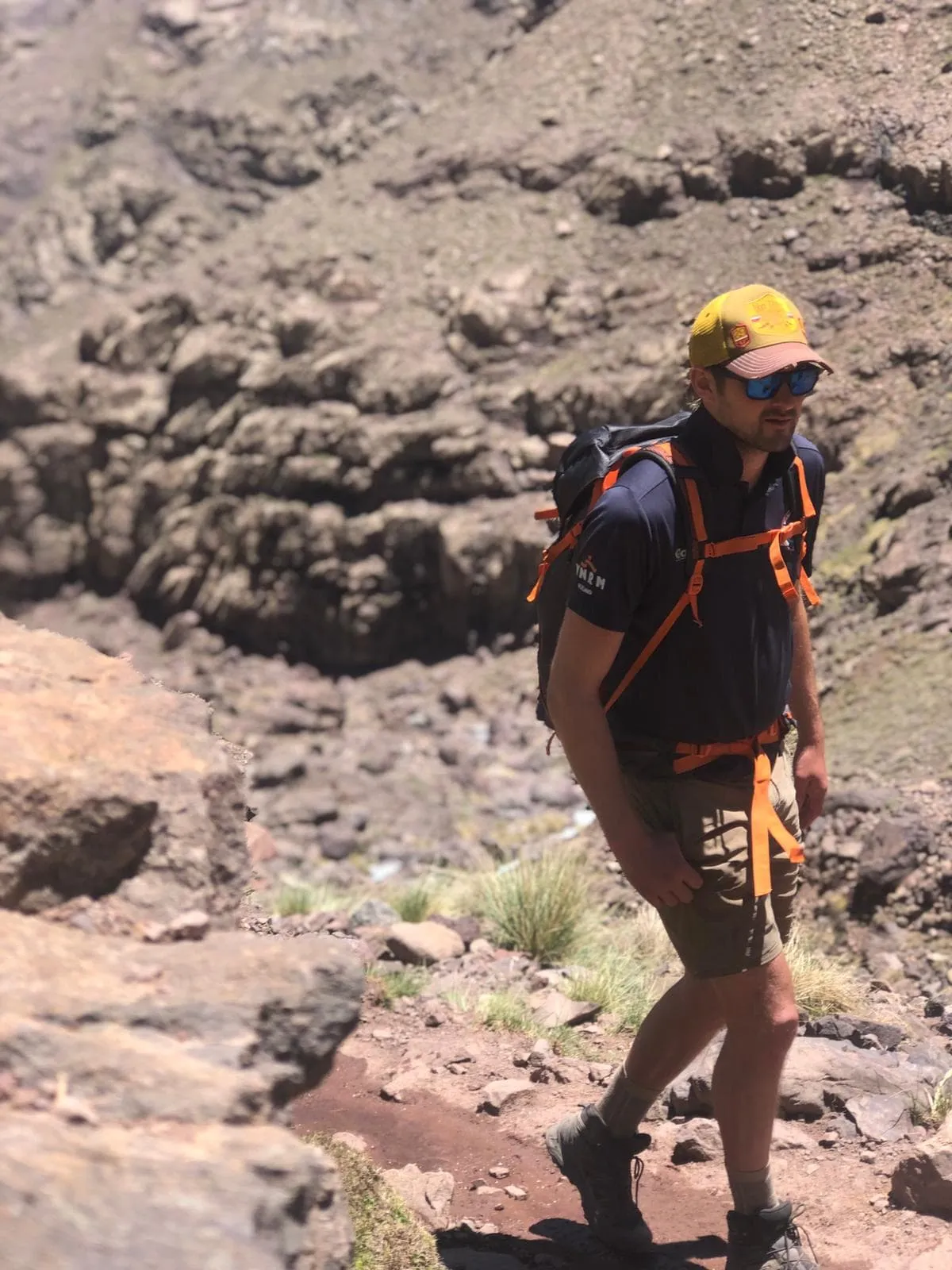
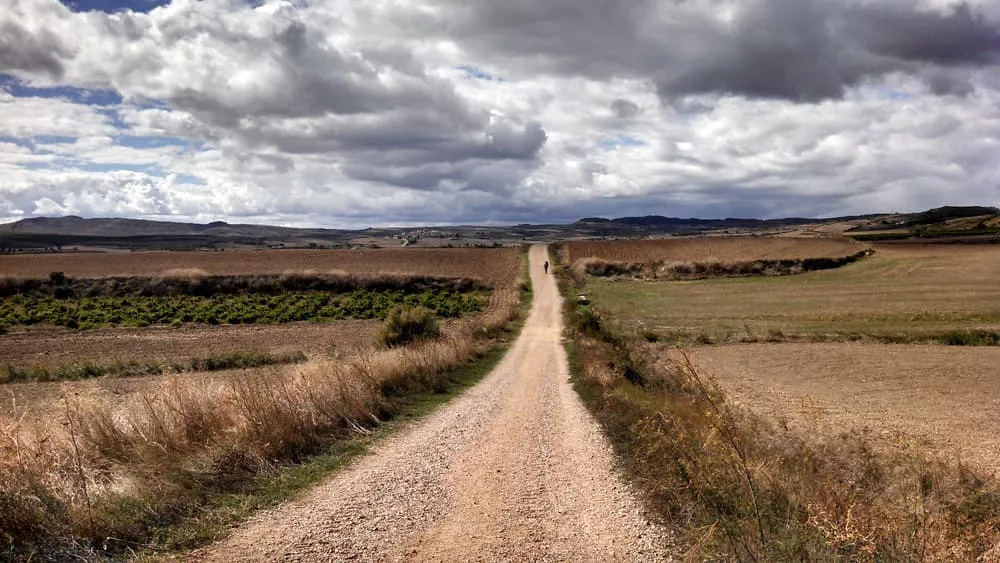
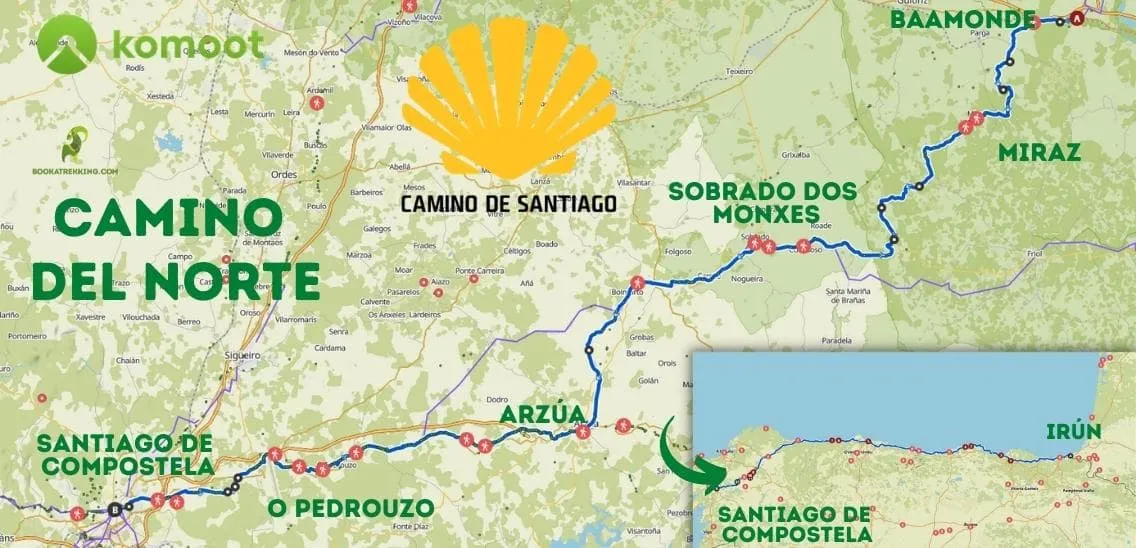

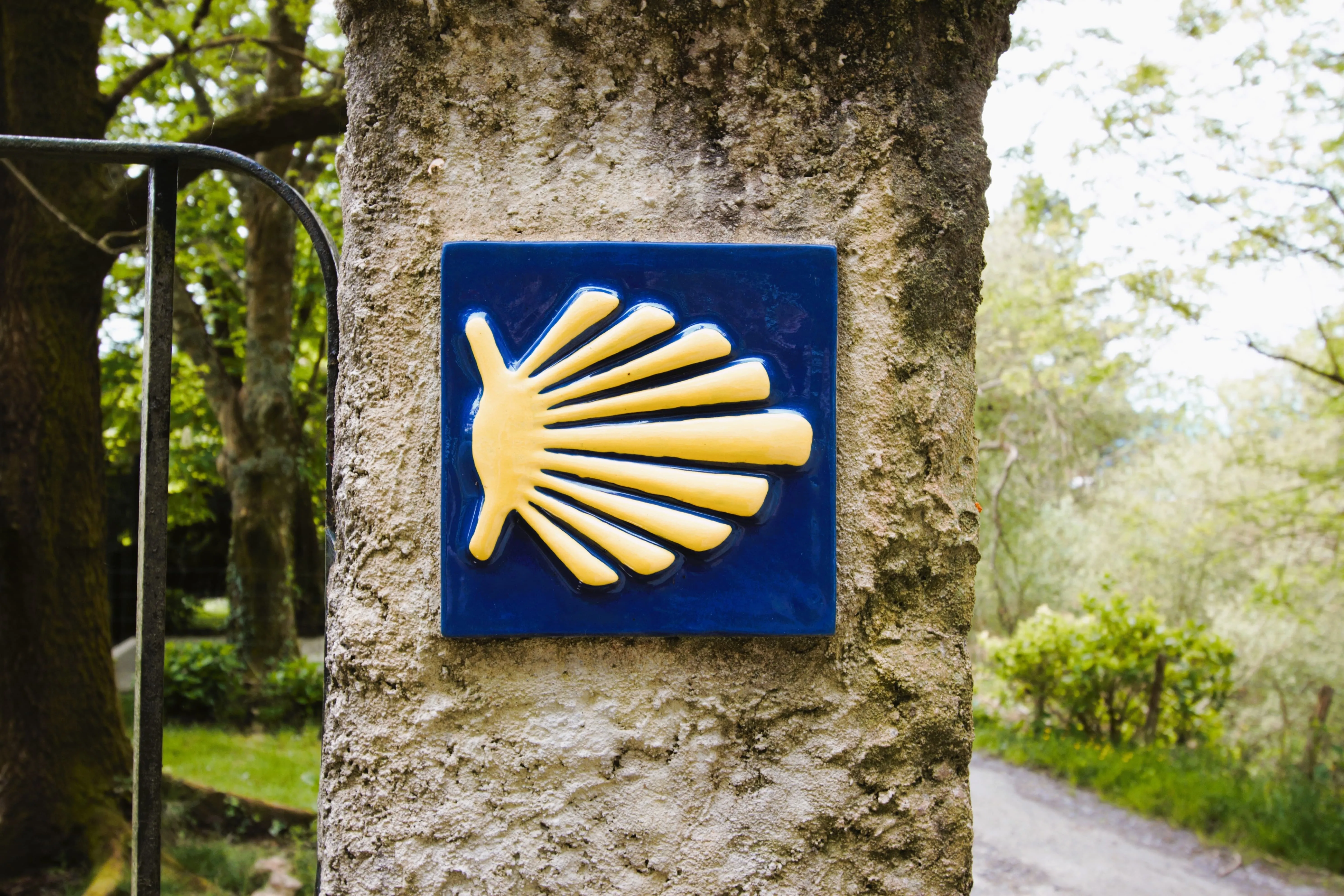
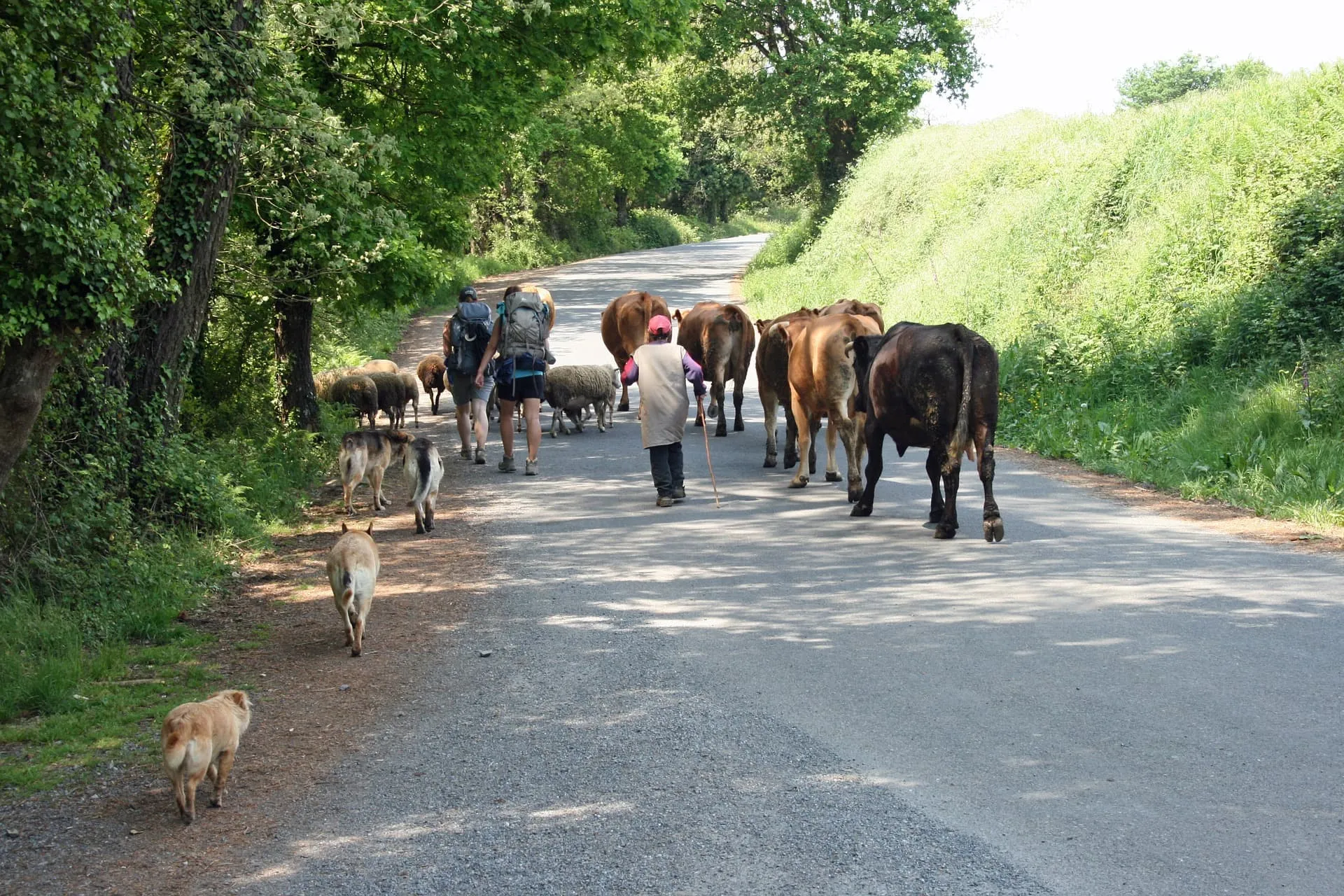
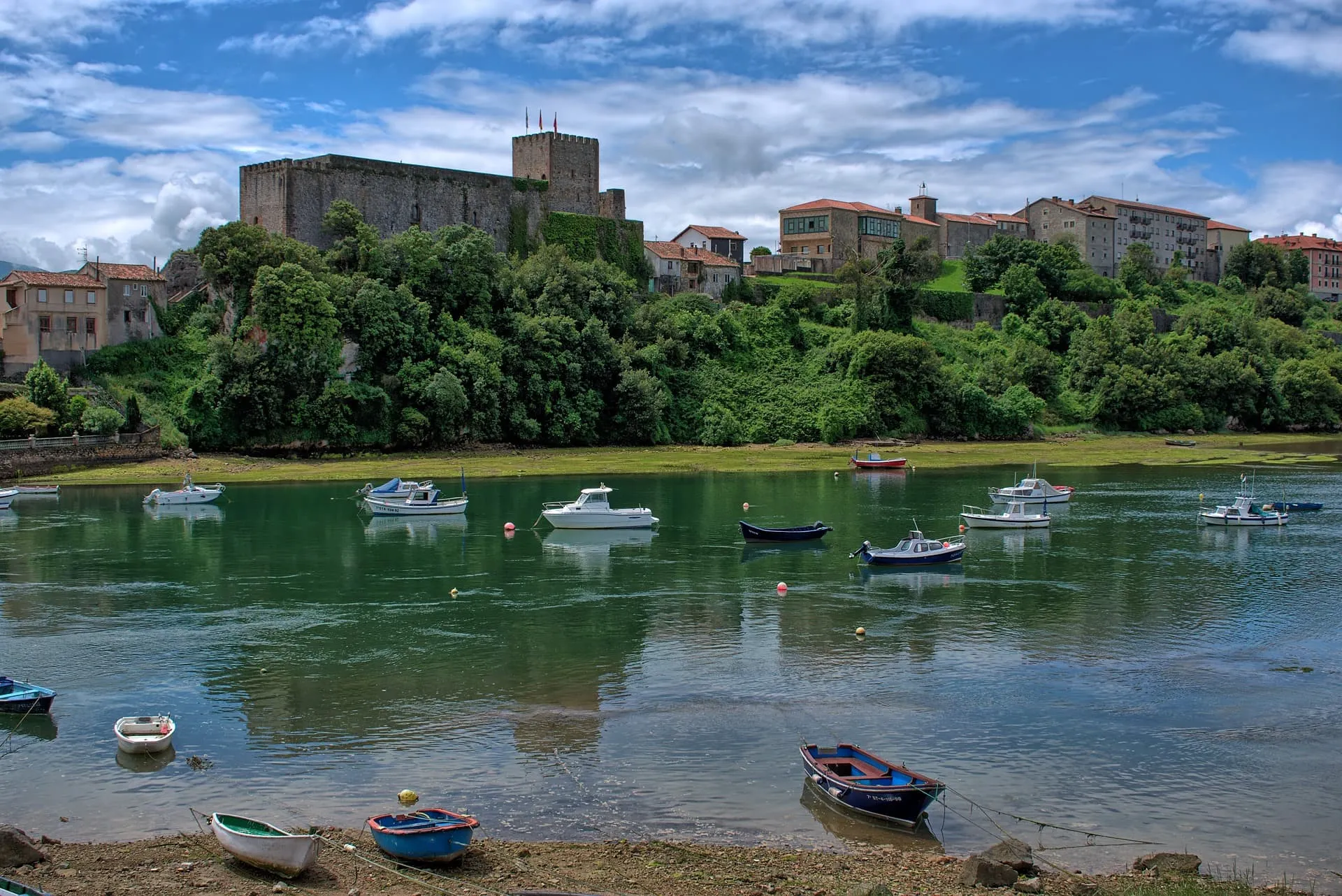
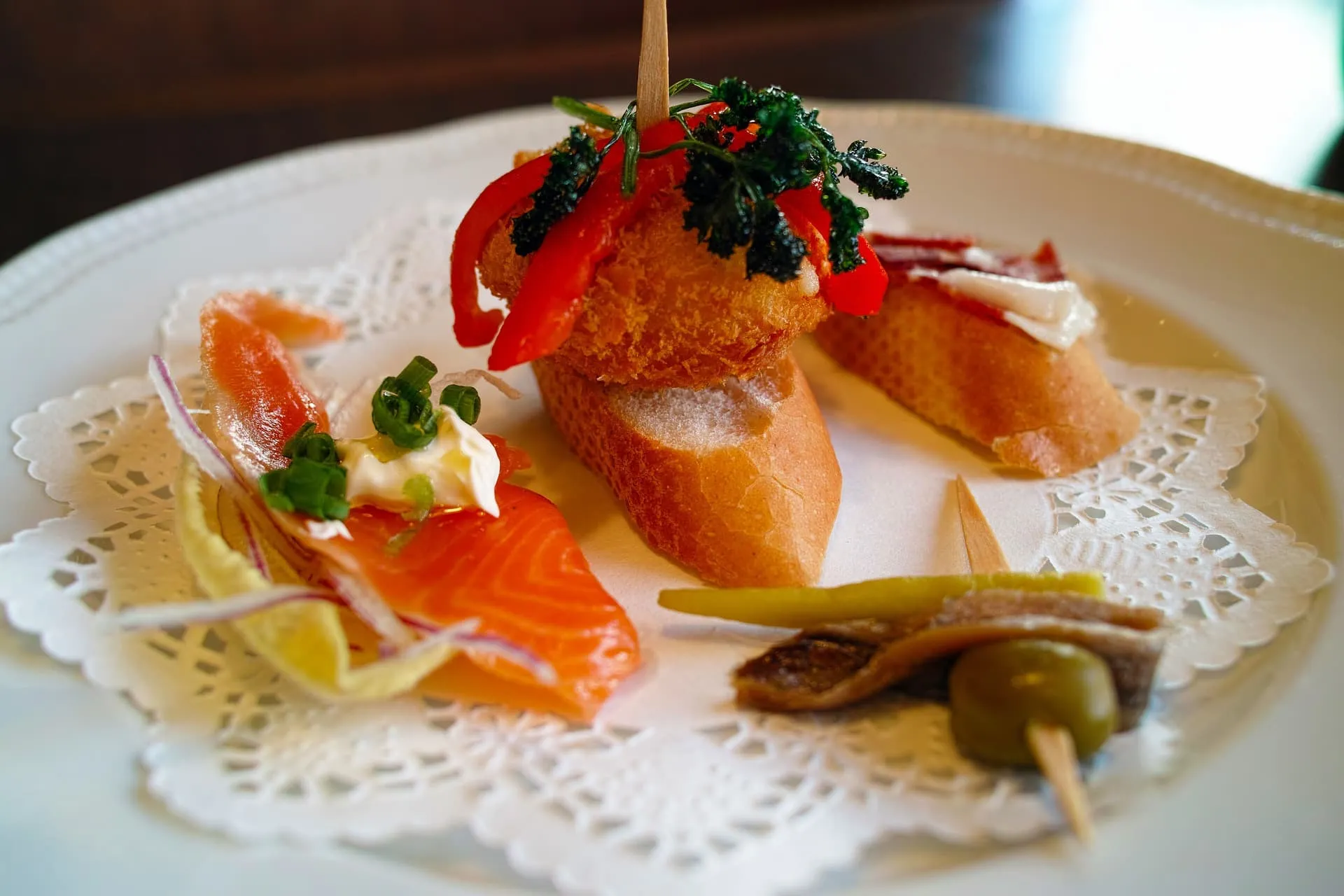
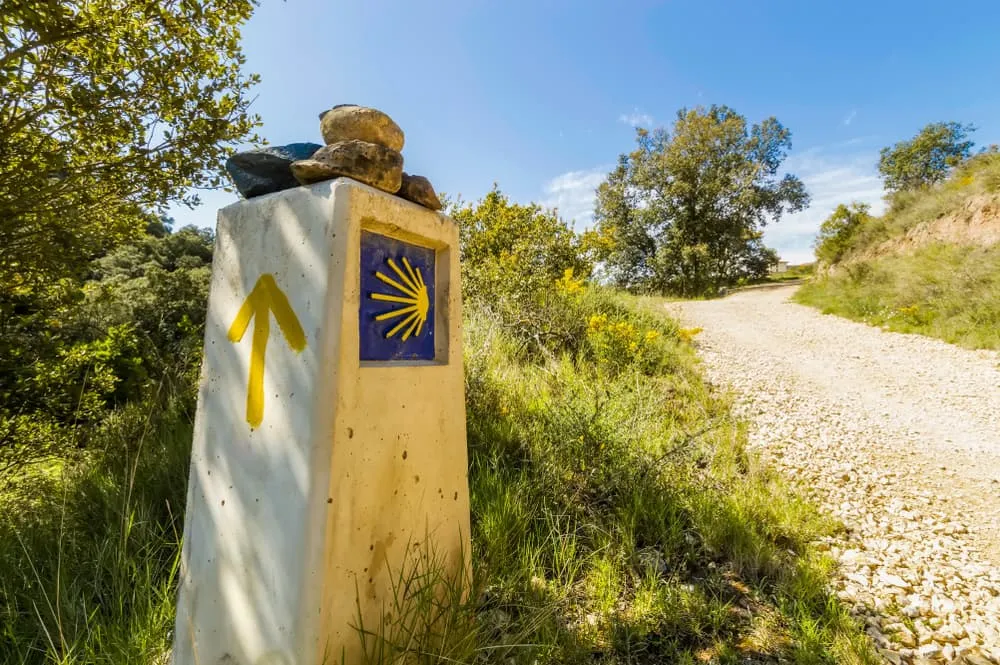
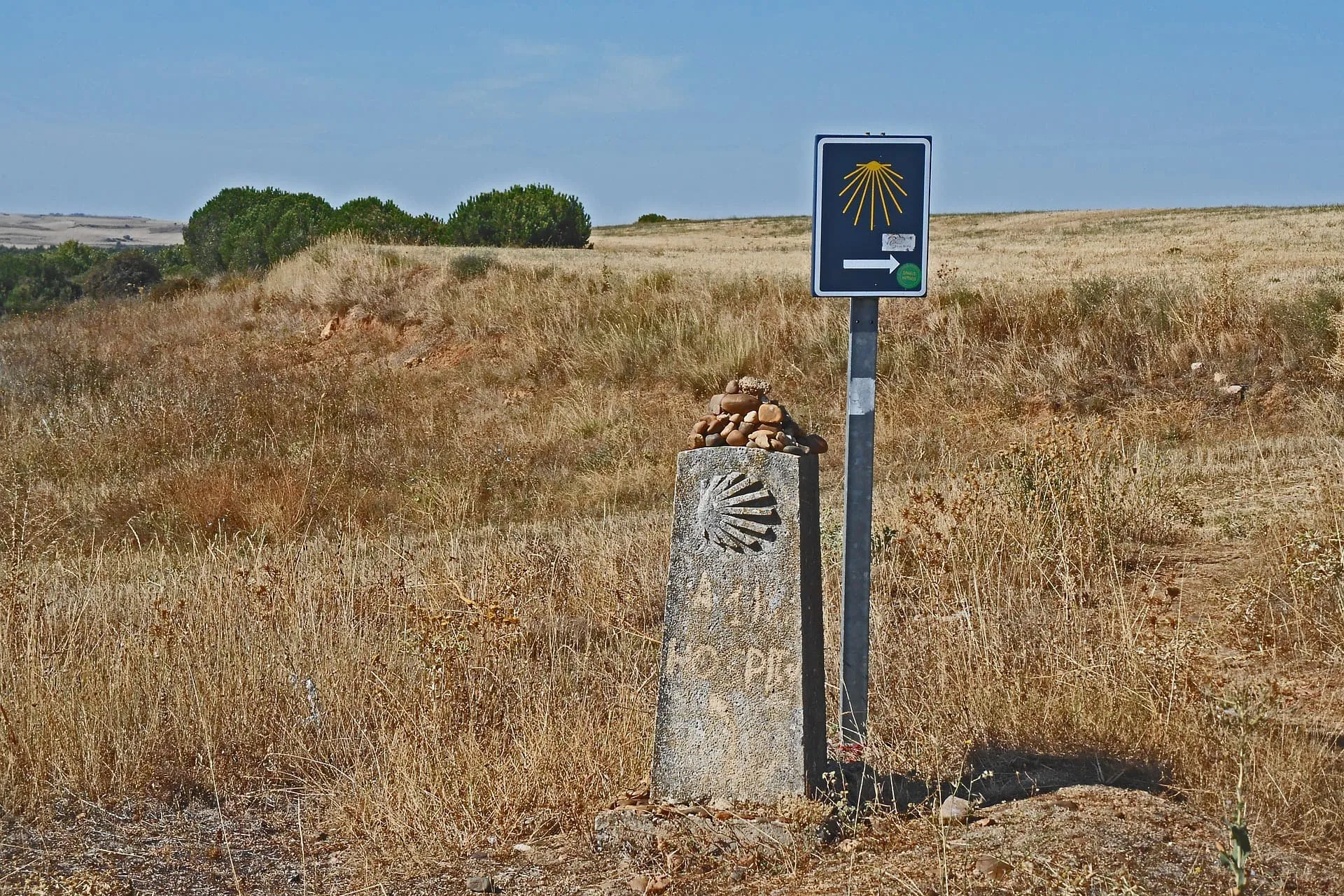
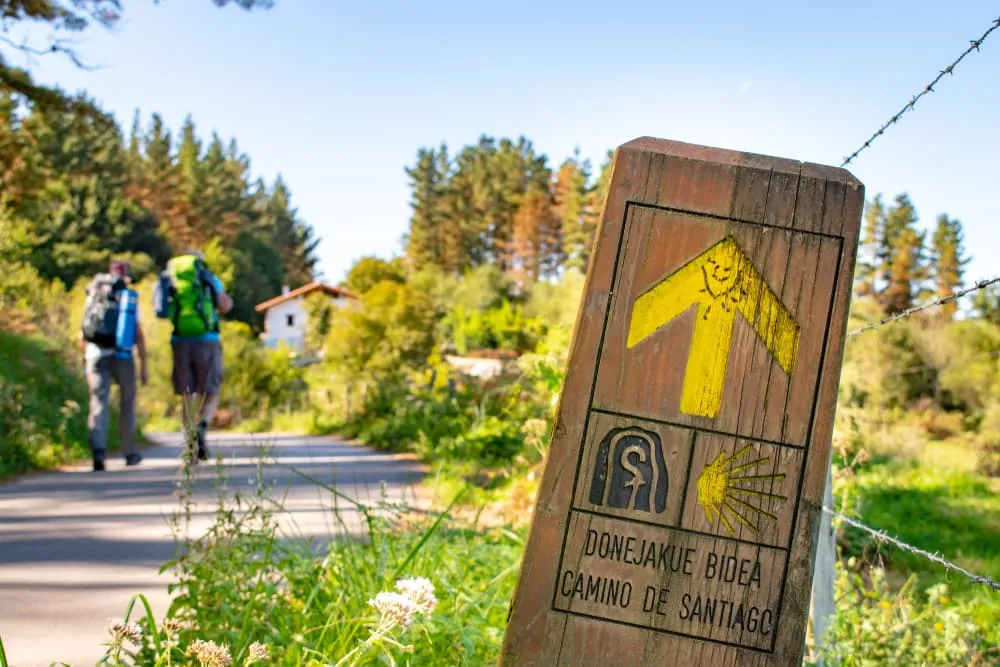


Comments